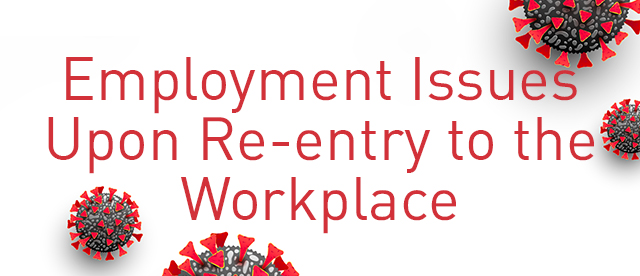Governor Newsom Announces the Gradual Beginning of Stage 2 of California’s Re-Opening Plan
Published: May 8, 2020
On May 7, 2020, Governor Newsom announced the plan to gradually move into Stage 2 of the State’s Re-opening Plan beginning May 8, 2020. In addition to the Governor’s announcement in his press conference, the California Department of Public Health issued industry-specific guidance and checklists for phased reopening under the State’s “Resilience Roadmap.”
Under the current State Shelter-in-Place Order, only essential businesses and workplaces are permitted to be open. However, the State says that as of May 8, 2020, the following businesses can open with modifications:
- Curbside retail, including but not limited to: Bookstores, jewelry stores, toy stores, clothing stores, shoe stores, home and furnishing stores, sporting goods stores, antique stores, music stores, florists. Note: this will be phased in, starting first with curbside pickup and delivery only until further notice.
- Supply chains supporting the above businesses, in manufacturing and logistics sectors.
Although there is no specific date provided yet, the State says that the following businesses can open later in Stage 2:
- Destination retail, including shopping malls and swap meets.
- Personal services, limited to: car washes, pet grooming, tanning facilities, and landscape gardening.
- Office-based businesses (telework remains strongly encouraged).
- Dine-in restaurants (other facility amenities, like bars or gaming areas, are not permitted).
- Schools and childcare facilities.
- Outdoor museums and open gallery spaces.
Regardless of when a business is permitted to open (with modifications), the State is requiring all facilities to first perform a detailed risk assessment and implement a site-specific protection plan.
Finally, Governor Newsom and the Department of Public Health recognize that some communities may be able to move through Stage 2 faster and thus are implementing a system in which the counties can certify that they have made greater progress in meeting readiness criteria established by the California Department of Public Health. More information about this State-county system is expected to be released by the State on May 12, 2020.
For more information about the latest developments on the phased-reopening of California via the State’s Resilience Roadmap, go to https://covid19.ca.gov/roadmap/#guidance.
The Labor and Employment attorneys at Weintraub Tobin continue to wish you and your family good health during these unsettling times. If we can assist you in any of your employment law needs, feel free to reach out to one of us.



